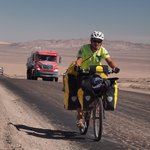
Antofagasta to Peine
My journey from Antofagasta leads directly to the desert. My plan is to cross to Argentina via Paso Socompa -- a very lonely crossing point with nothing around for more than hundred of kilometers. But before that, I need to get to Peine, a small village where I can restock for the rest of the journey.
May 2
The first thing I need to do in the morning is to stop by by a bike shop. There I am getting two new chains. Unfortunately, the bike shop is out of master links (having one more would be nice) and there isn't any chain tool either (again, a spare tool would be heplful).
After my shopping is done, I am navigating Antofagasta to leave it. Which proves rather a tedious job. Not because it would be hard to find a way with GPS. But because I underestimated how damn steep the streets can be if you follow the shortest path on your GPS. Finally getting to autopista doesn't help either. The first part is nice 8% grade.
Fortunately, the steep ascent is only for 500m of elevation, then it flattens off. And after a short descent to some mining/industrial complex I end up rejoining Ruta 5. With Ruta 5 under my wheels, I have 50 kilometers left to Baquedano. This seems like a doable job and thus my plans should hold.
Being on a nice pavement and not much steep uphill, the kilometers fly by. The views aren't super exciting though because the mountains are in haze. So when there isn't much of a views to the distance, I set my eyes on closer objects. For one, I am coming by a power line in the progress of installation. There are people up on the pylons and the process looks to be quite complicated. I am also coming across a toll payment area. There I am carefully instructed how to bypass a sensor and I end up pushing a bike across gravel path at the side of the road.
The views to the right are slowly clearing while on the other side I pass around a big mining complex Mantos Blancos. Which is where a lonely train goes. By the amount of noise and its speed I guess that the railway tracks aren't best maintained though. And when I think nothing more could surprise me, I am coming across a big Nazca-like picture of some bird made of stones.
Baquedano, while small, is a village with everything needed by a cyclist -- there are decent shops and there is even a hostel combined with a restaurant. There is only one problem with the hostel -- the owner has a few cats. But be not mistaken, these aren't your average lazy Garfields. These little damn beasts managed to quickly take apart my garbage bag. And find crackers stored in the white shopping bag I am carrying on the bike. But my biggest astonishment came when I tried to salvage the garbage bag by putting it on a clothes line. Just imagine the bag hanging about meter and half from the ground. And suddenly one of the cats just swiftly jumps and uses talons to take it down.
The last thing I need to do before I set off tomorrow for the desert is to print route notes for this stretch and, more importantly, for the Socompa ride afterwards. Fortunately, Baquedano can help me even with this. One of the shops apparently has a printer. But as you surely know, printers are machines sent by hell to annoy people. Together with my aura, it basically means that the printer immediatelly jams when it tries to print my pages. But the old lady at the shop is apparently a master in the printer-related fixes. She opens and removes various parts of the printer until she gets to the jammed paper with such a speed that I just stare.
May 3
After a big breakfast and relieving a local shop from lots of bread, I am now ready for a 3-day cyclotrek through Atacama. Fortunately, my map shows that the road quality should be outstanding on this stretch -- it should be the compacted ripio which rolls almost like a pavement. Moreover, there should be some mining traffic so this stretch should be reasonably safe even if I have some problems.
To survivave the three days in a desert you need a lot of water. In my case I somehow manage to fit my bike with 15 liters of it. While technically I probably could fetch some water on my way from the drivers, I am trying to be self-reliant. And more importantly, train for the subsequent ride to Socompa where there will be nothing and nobody.
The road starts with a 10km climb. Being this heavy with all the food and water, I am definitely getting some mental friction on this part. Similarly, the fact that I am carrying a 5kg backpack on my back doesn't help with the feelings in my buttocks. So when right after the climb I end up facing a truckers cafe, it is a definite time for a litte rest while having brunch. While I munch on an egg with bread and take coffee the Sun slowly climbs up. And a hellish heat starts.
Atacama is really a dry and desolate place. So I am surprised when I come by a living tree. I however quickly becomes clear that this isn't just like that -- this lonely tree is apparently successful at begging for water. What I am also genuinely surprised by is a presence of wildlife. A butterflies, to be more precise! From time to time one of the just passes around and I have no idea what they are doing here.
After I pass a big surface mine, another climb starts. This time only 200 meters. To take a break and fix loud noises from my stomach, I am taking a lunch break. Just to resume the climb and then finish at least 20 more kilometers to fill up my today's quota of 70 kilometers. (This quota is not arbitrary -- I have 210 kms total to Peine and water for only three days).
The end of climb brings new views. Not mountains though. Instead, the road is going along a big solar arrays. Which makes sense -- Atacama is one of the sunniest places on the earth so I would expect a lot of solar panels here.
I knew that there should be some mining traffic on this road. Still, I am surprised by the amount of it. The whole day I am meeting lots of friendly truck drivers -- they take time to ovetrake me and always with a big margin. They also honk and wave at me. Basically, I could have survived with 2-3 liters of water and just beg for more on the road. Which definitely relieves my mind from any water shortage problems even though I am drinking like there was no end to it.
In the evening I camp just next to the road. Which is a bit of a mistake as there is lots of night traffic as well. In any case, I manage to overtake my quota by almost 9 kilometers. Which means the next two days I can do just 70+60 or 65+65 kilometers. So far this seems like a very reasonable plan.
May 4
Grr, stupid wind. During the night it changed the course and now it is a headwind. More importantly, it tries to fly my tent. Of course, it can't really lift it with 20+kg of crap inside but packing the tent is quite some excercise.
The headwind holds until, tadaaa, there is a climb before lunch. At this point it dies. Which means that now it is super hot for a change. Fortunately, after the climb, during the well-deserved break the wind again picks up, this time from a correct direction.
Similarly as yesterday, there are many trucks passing. One thing I am noticing is that many of the carry sulfuric acid. I wonder for what it is used. One of the drivers even stops and asks me if I don't want some water. However, I need to decline this generous offer -- I still cary about 10 liters of water and this is enough to get me to Toconao (or just get water later anyway). When seeing that water won't be an option, the driver practically forces on me sunglasses. I have no freaking clue what to do with them because I already have (and wear) one. (Note: Later when I check UV ratings I decide to keep the new sunglasses and trash the ones I have as they are a bit scratched)
After the climb the views are getting a bit better. So I take a time to make a self-portrait. And this happens to be a big mistake. While I am positioning myself for the best shot, a strong gust of wind basically blows off my camera from the tripod (which tells you the strength of the wind). The camera fells and unfortunately it breaks. To be precise, the backlight on the display breaks so I can't see anything on it except a very faint siluettes of icons. Defeated, I make some random shots for later computer analysis -- apart from the camera display, my big concern is also the lens on which the camera fell. Fortunately, later I find out that the lens seems to be in a good shape. For now at least I can use a spare pocket camera I carry -- while the photo quality won't be as from its big brother, it will need to do for the time being.
In the evening I am pushing hard for a camping spot -- I have an information that there should be a ruin of a house around the distance I wanted to make today. And sure, there it is. Not the best camping place ever (a bit dirty) but windbreak is a windbreak. And to improve the gloomy mood from the camera disaster, I am fixing my tent. To be precise, I am doing a zip slider surgery -- one of my zips on the outer tent was practically unusable for the past week or two. It wasn't joining the zip threads properly and they were splitting. Of course, the situation did not happen in a day -- it was progressively worsening over time, mainly because of the damn fine dust of Atacama which grinds down the sliders.
In any case, I was in a luck because each entrance of my tent could be opened from the top and the bottom. As I am not really using the top way of opening, I just surgically took out that slider and put it at the bottom instead. Now I can't open the door from the top but hey, it now works flawlessly from the bottom.
May 5
The morning is usual nice sunny weather. I am packing my campsite and heading for the last not-even 100 elevation meters to the pass. Afterwards there will be a nice downhill and mostly flat for the rest of the day. As I have only 70 kilometers to Peine this promises an easy day.
The downhill is fast. And it opens incredible views to 5000m+ volcanoes between Chile and Argentina. I can already spot some shining white though there is still a way to go to the salar.
As I enter the salar, I am a bit disappointed by the lack of the white salt. Until I realize that the mud-colored big rocks aren't actually rocks but salt crystals. They are of a really impressive size. And I am not the first to realize the amount of salt this salar holds -- salar is quite actively used for mining salt, presumably because of lithium or some other heavy metal. In any case, the mining operation at salar is the destination of all the trucks I have been meeting. As soon as I turn off the main road (which leads to the mine and they wouldn't let me in) all the traffic dies.
Thus, in a serenity of salt and sun, I am degrading my lunch into nothing and setting off again -- by now I have only 35 kilometers left. The road goes through salar and looks quite impressive -- a while shining carpet in a sea of brown "mud".
As I am nearing Peine, there are a few changes in the scenery. First of all, I stop dragonflies. I have no clue where they come from. There is also a (salty) pond of water around the road. Peine and Tilomonte look like an oasis -- on otherwise bare scenery they host a number of trees. And as I near the edge of the salar, salty crystals give away space for grass. Definitely something I did not expect to see on a desert.
By now I have only the last push to Peine. Which proves to be quite difficult. Peine is built on a really steep hill. So steep that I can't really cycle some roads of this tiny mining village. And there is no hospedaje -- at least according to the locals. Until I find one almost at the top of the village. Although getting a bed there isn't easy -- the lady owner first doesn't want to hear anything about me (hospedaje isn't for tourists but for mining people). Fortunately, there is Ariel -- a writer trying to get a feel of what does it mean to live alone in a desert for a few months -- and he convinces the lady to host me.
I spend the evening trying to research what I can do with the broken camera. And the outlook is quite grim. One would expect that Chile has tons of online shops selling electronics. Unfortunately, the reality is that there is very little and even that little usually ships from US. Definitely not very good given the shipping times.
Route
Download simplified GPX of a route here
Stats by activity:
| Activity | Distance (km) |
Ascent (km) |
Pedal rotations (thousands) |
|---|---|---|---|
| bike | 288 | 3.3 | 73 |
| Date | Distance (km) |
Ascent (km) |
Avg. temp (moving, C) |
|---|---|---|---|
| May 2, 2017 | 75.2 | 1.04 | 24.5 |
| May 3, 2017 | 78.1 | 1.01 | 30.4 |
| May 4, 2017 | 62.3 | 1.03 | 26.5 |
| May 5, 2017 | 72.2 | 0.23 | 26.2 |
Elevation data
The next table is only for cycling activity.
| Grade(%) | Ascent (km) | Descent(km) |
|---|---|---|
| < 2 | 195.6 | |
| < 4 | 31.0 | 6.3 |
| < 6 | 12.3 | 2.2 |
| < 8 | 3.0 | 1.9 |
| < 10 | 1.5 | 1.3 |
| ≥ 10 | 1.1 | 0.7 |






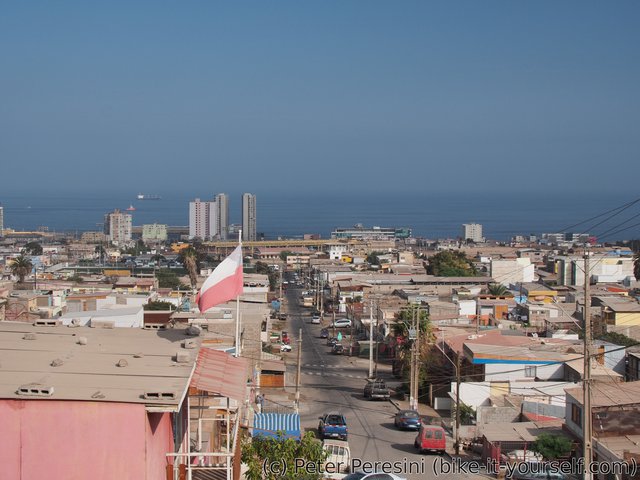
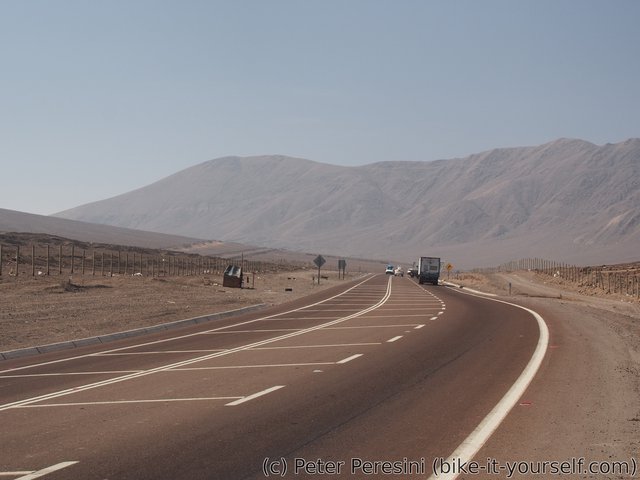
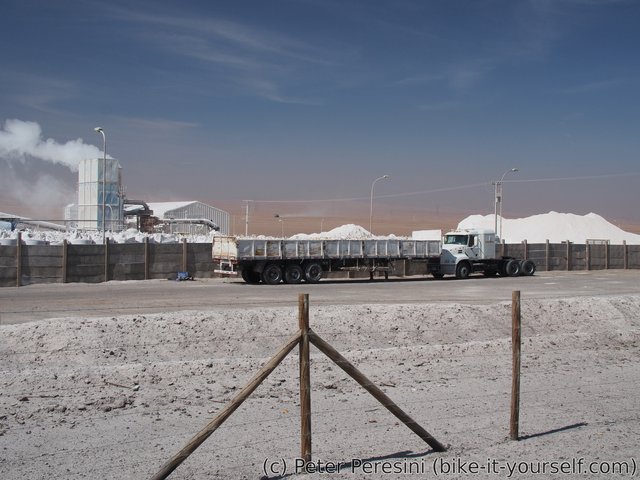
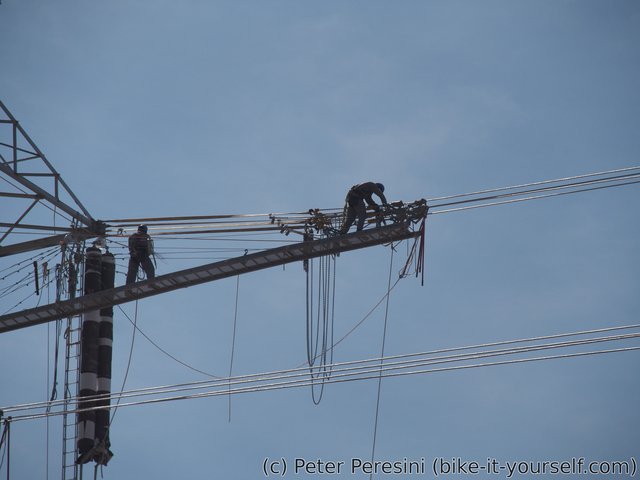
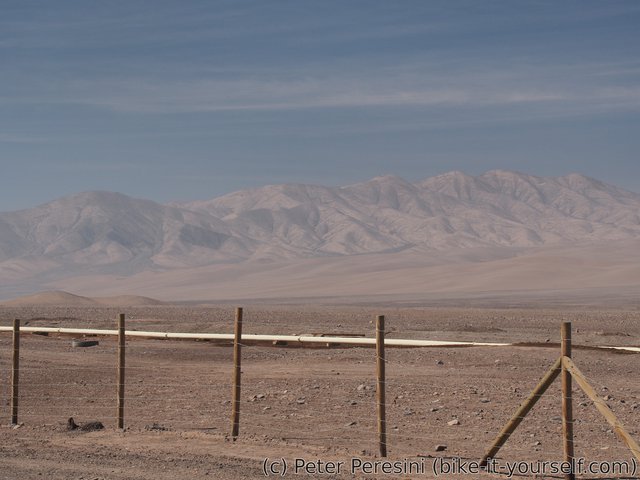
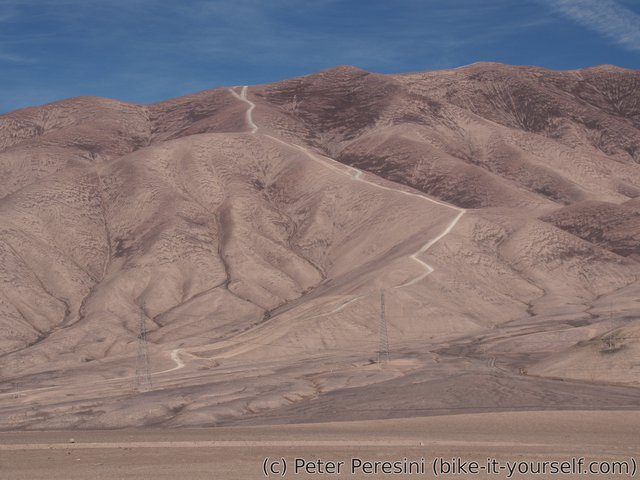
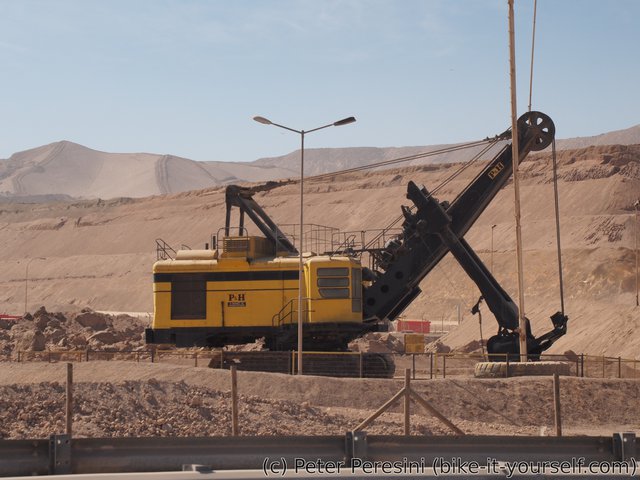
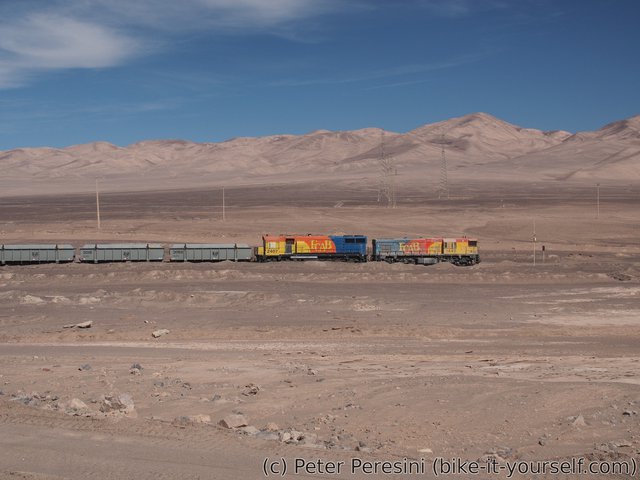
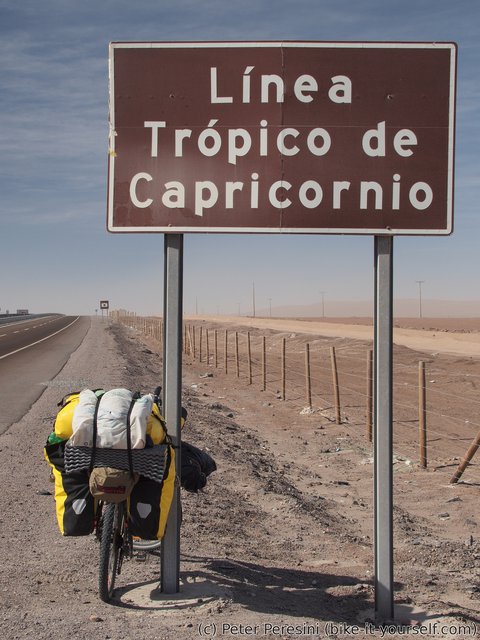
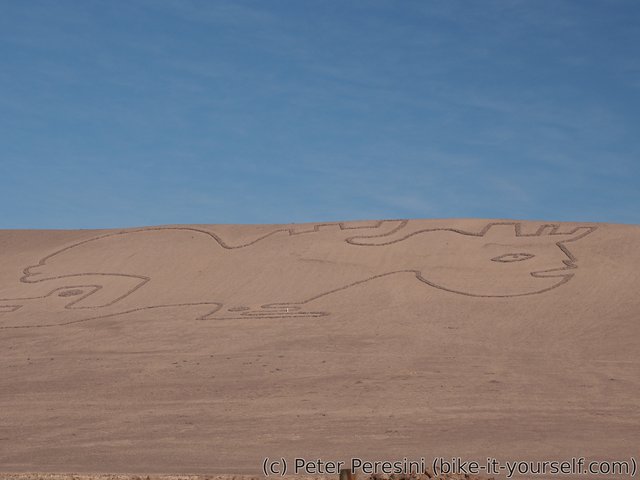
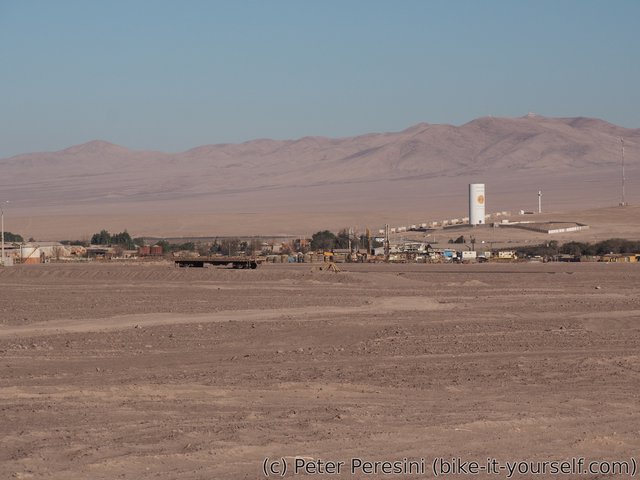
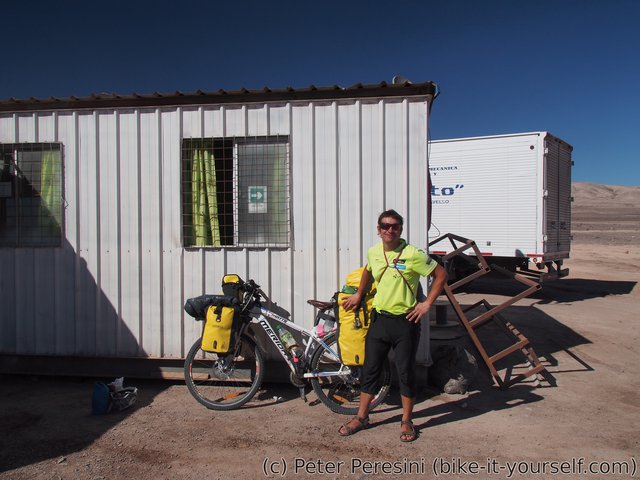
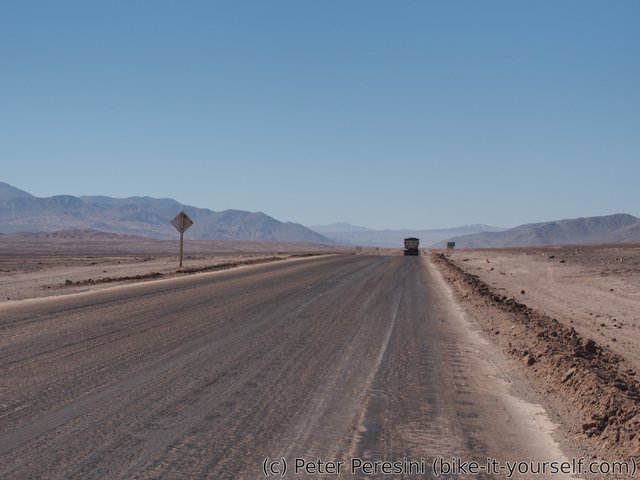
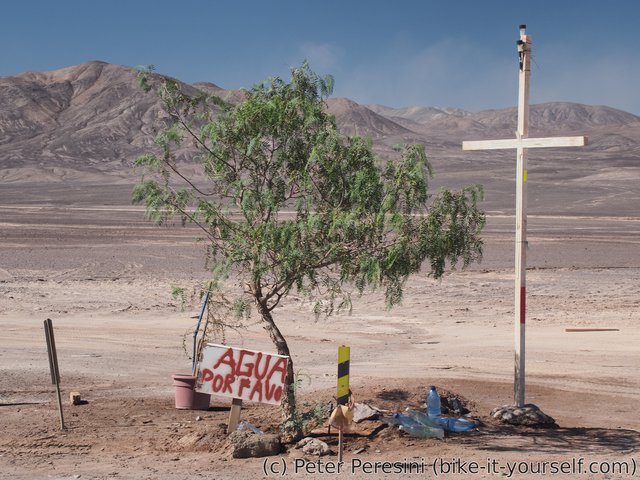
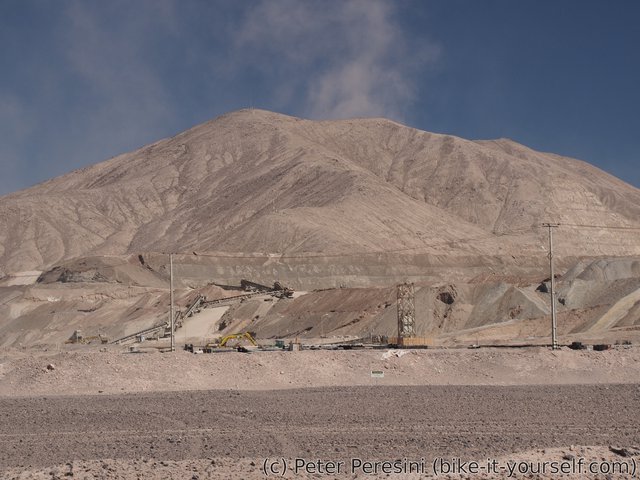
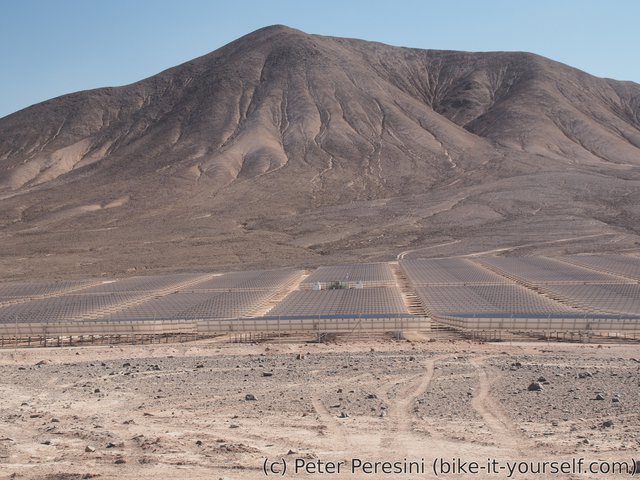
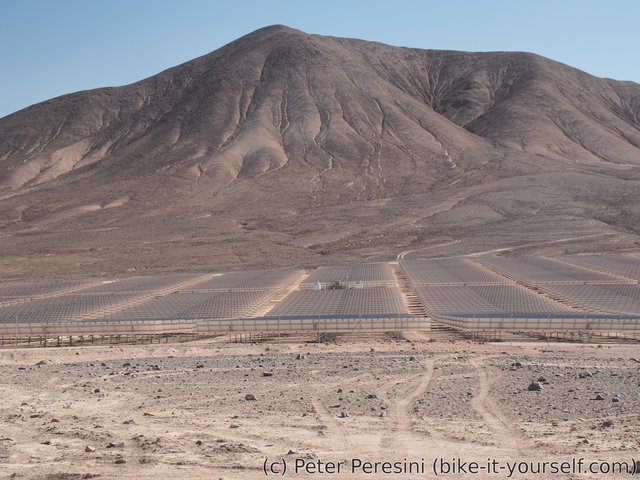
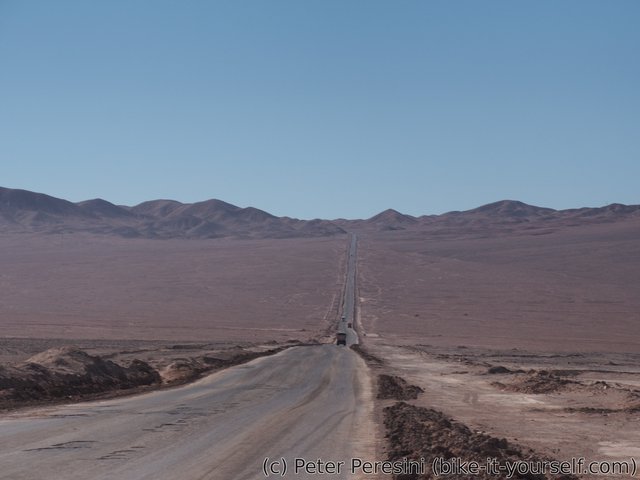
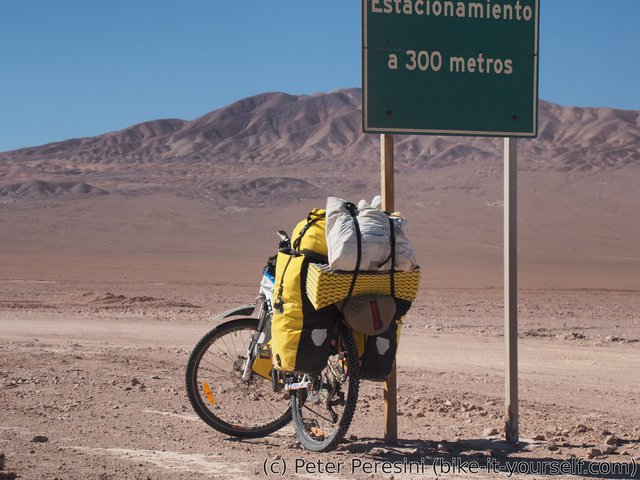
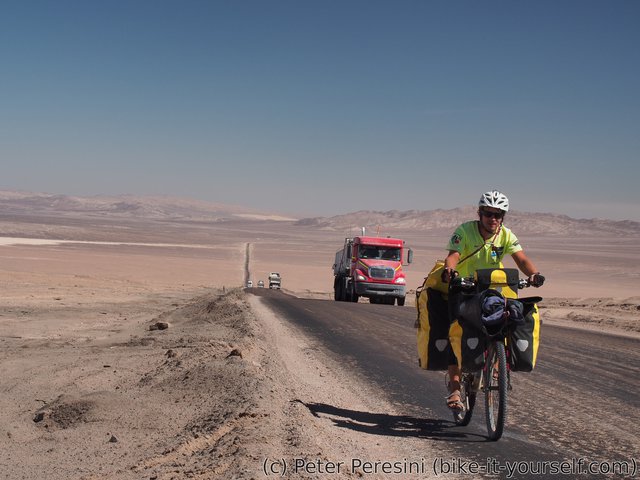
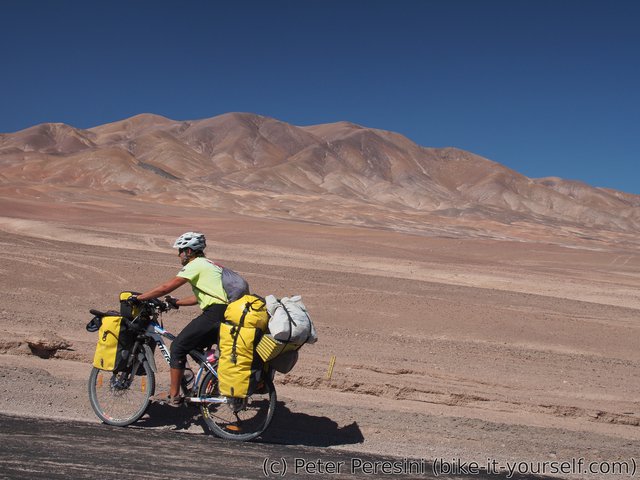
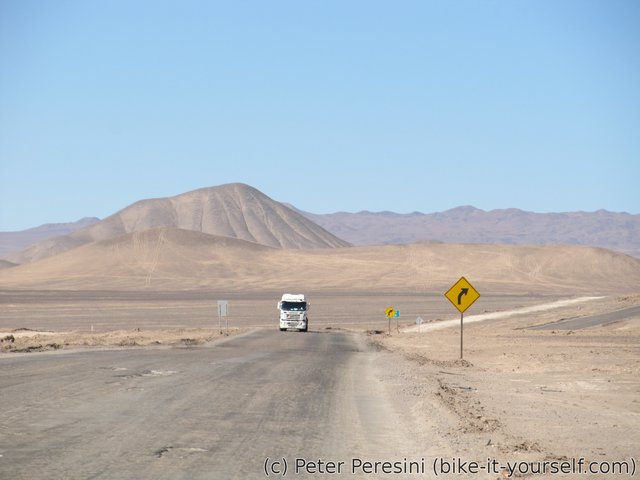
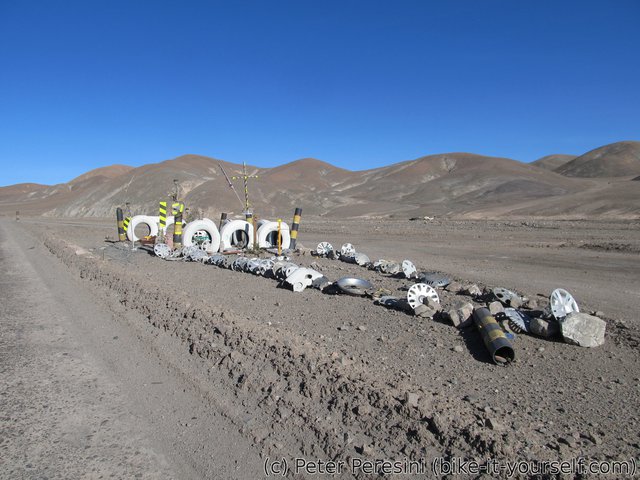
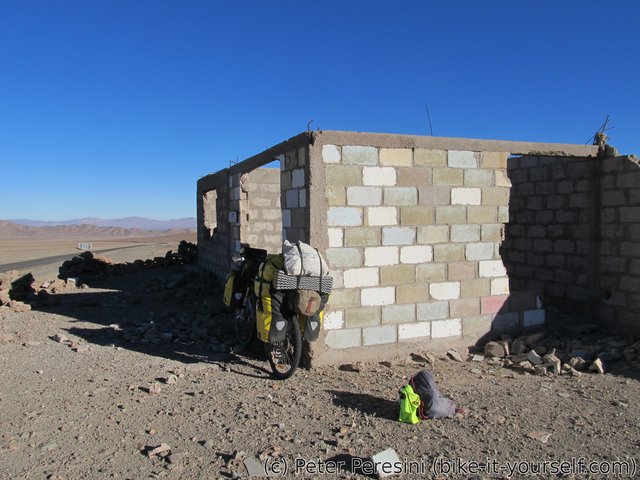
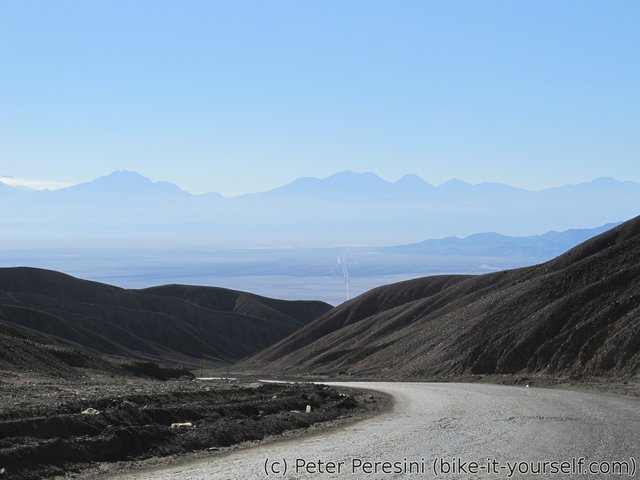
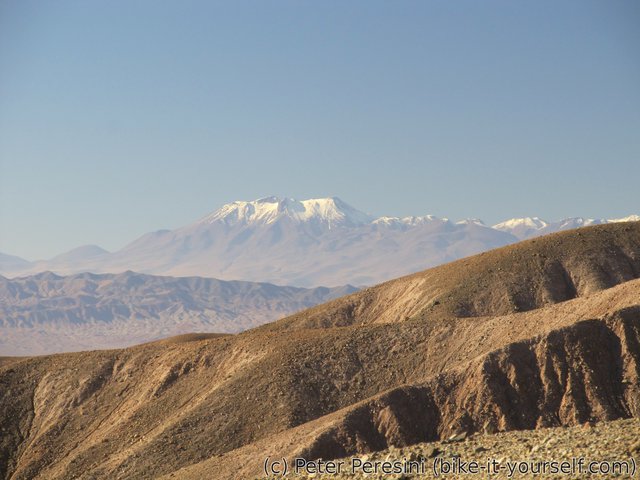
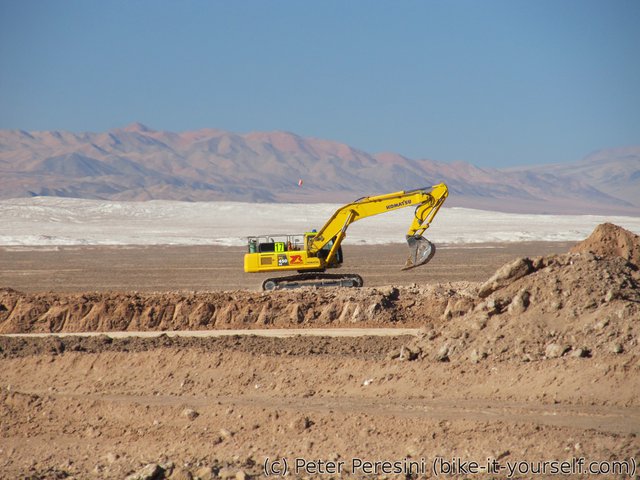
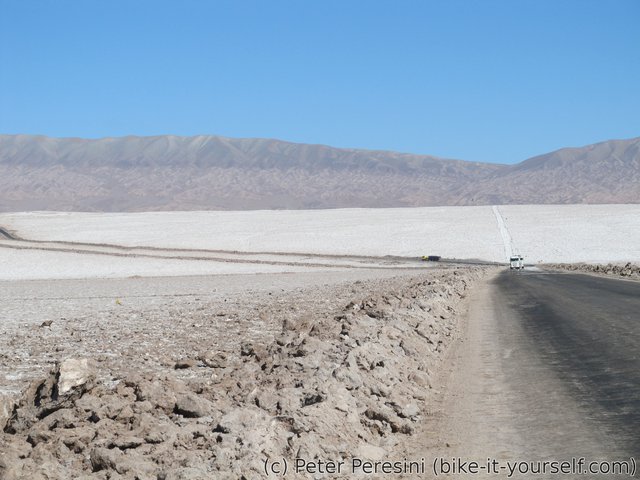
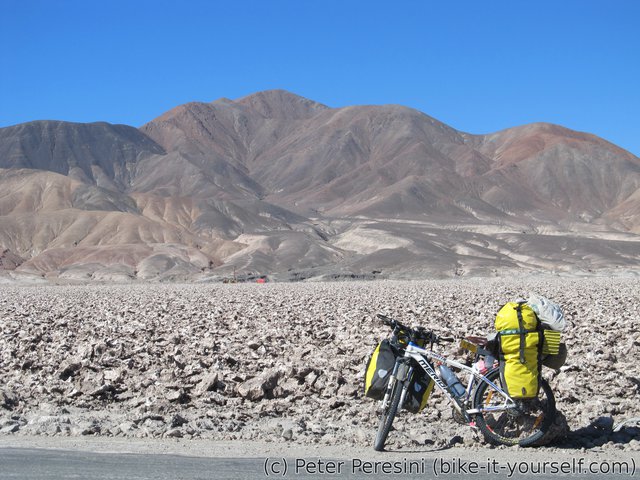
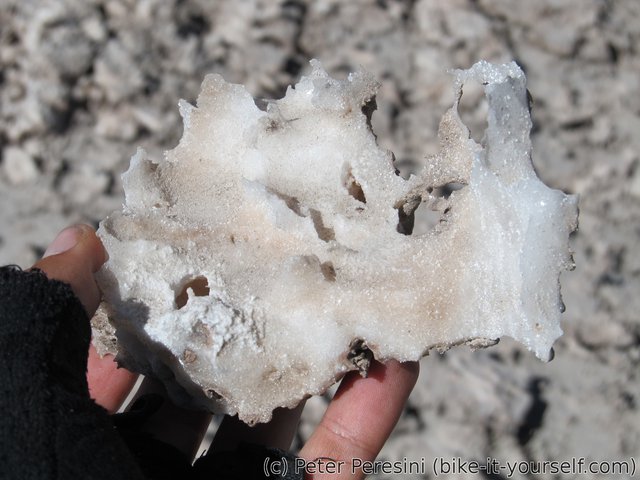
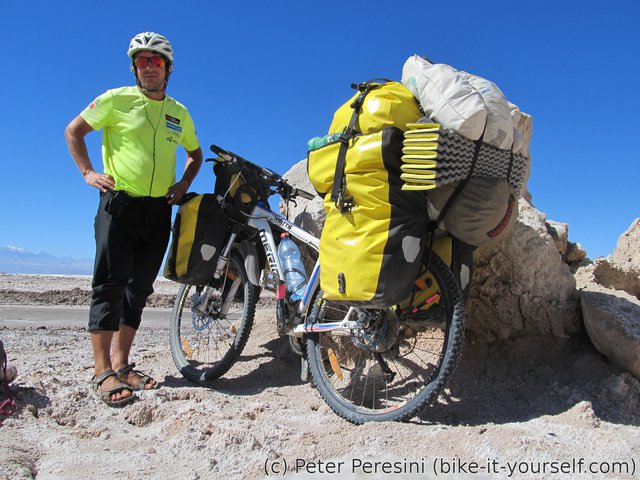
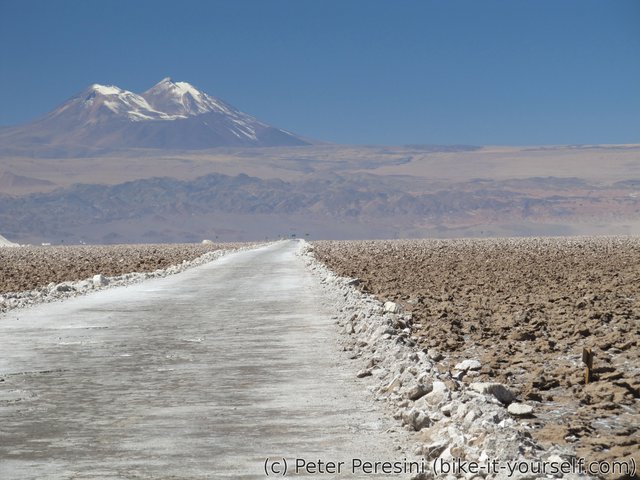
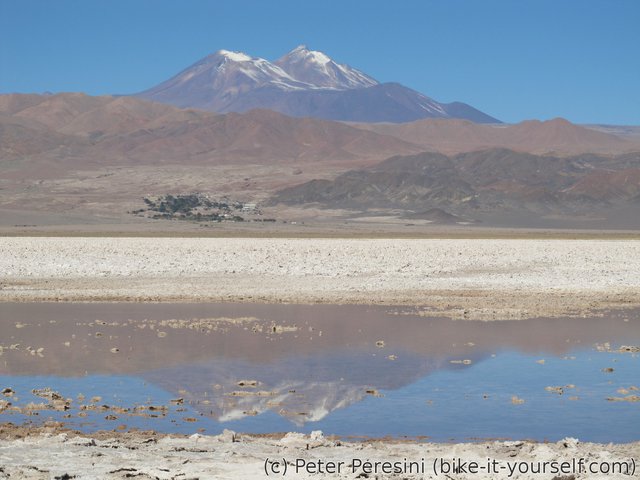
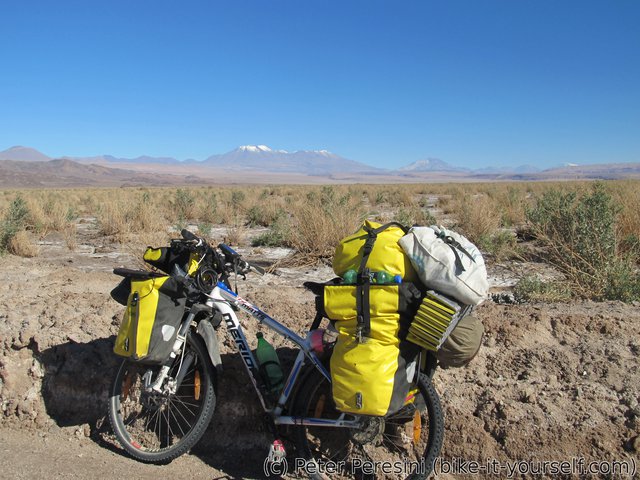
<a href=http://vslasixv.com/>order lasix online
<a href=https://clomidset.com>clomid oral tablet 50 mg order online
<a href=http://vsamoxilv.com>
<a href=http://sscialisvv.com/>cialis no prescription</a>
hello there and thank you for your information – I have certainly picked up anything new from right here. I did however expertise several technical points using this website, as I experienced to reload the web site lots of times previous to I could get it to load properly. I had been wondering if your hosting is OK? Not that I am complaining, but sluggish loading instances times will very frequently affect your placement in google and can damage your quality score if advertising and marketing with Adwords. Well I'm adding this RSS to my email and can look out for a lot more of your respective exciting content. Ensure that you update this again very soon.
<a href=http://cialiswwshop.com/>buy cialis online with a prescription</a>
<a href=https://cialiswwshop.com/>cialis professional</a>
hydroxychloroquine sulfate side effects https://keys-chloroquineclinique.com/